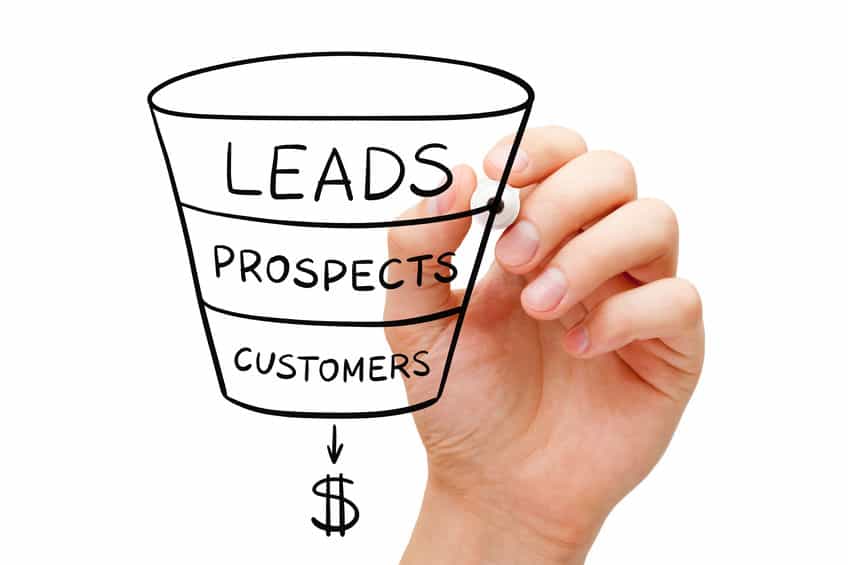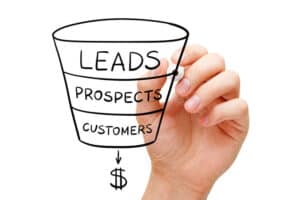By Willem Maas
A CMO client of ours was having a problem with disappearing leads. She was at 50% of her pipeline contribution target and needed to understand why so many of her MQLs were dropping out before engaging with sales.
For another client, the problem was too many prospects dropping out after participating in a trial for their SaaS analytics offering.
Both clients asked us why these prospects were disappearing from the funnel?
Today, without in-person meetings and conferences, it’s become significantly harder and more expensive to build a B2B pipeline. The CAC [Customer Acquisition Cost] ratio for new customers has increased 18.5% over 2019, according to KeyBanc’s 2020 Private SaaS Company Survey.
So losing leads like the two clients mentioned above has become a more concerning problem.
So, as a product marketer, what can you do to help? Have you updated your targeting and messaging this year? If not, here’s some helpful advice about how you can use win/loss data to improve your targeting and plug up those leaks in your funnel.
Find The Leaks
Using your data to identify leaks in the funnel is the essential first step to plugging them.
To spot problem areas, compare current conversion rates to historical conversion rates. Or compare current conversion rates to your internal targets for this offering.
Getting that data can be as easy as checking a dashboard or may require running a report in your marketing automation system or CRM.
The table below lists critical top- and mid-funnel conversion points and includes benchmark conversion rates for a midmarket or enterprise offering.
This data is a starting point. Your own historical conversion rates and targets will make better benchmarks because conversion varies by domain and ACV (annual contract value).
Four Steps To Understanding Why Prospects Are Dropping Out
Once a critical dropoff point has been identified, interview prospects who dropped out at that point to understand the causes.
These prospects may be dropping out to pursue a purchase with another vendor, build their own solution, or “do nothing.”
In essence, we slide our methodology for win/loss analysis (helpful how-to guide here) up the funnel to analyze the critical dropoff point. Instead of interviewing buyers in closed/won and closed/lost opportunities, we’re debriefing prospects who dropped out at the top of the funnel. Either they declined the Sales Development Rep’s offer of an initial meeting (conversation-to-meeting). Or they dropped out after an initial meeting with sales, before converting into an opportunity.
Then we use a four-step process to acquire and analyze the data:
- Once we’ve agreed to prioritize a critical dropoff point, we build a list of prospects who have effectively said “no” at that conversion point—either through direct contact with front-line people or by becoming unresponsive.
- We present a research opportunity to these exact prospects that dropped out, using targeted ads on Linkedin or Facebook. Or, as an independent researcher, we email them directly.
- We interview them about the perceptions and preferences they developed during the buying journey, using a documentary film metaphor to help them open up and tell their story.
- We identify the principal reasons prospects are “dropping out” by coding and analyzing the interviews to find patterns that explain the behavior.
How it Works
For the first client we mentioned earlier, their prospects were dropping out because they couldn’t find peers who had used the vendor’s product. They told us that they had tried finding someone to talk to in their network about the product, but when they didn’t find anyone, they put the purchase on the backburner. The issue wasn’t a negative experience—it was no experience.
For the second client, our research uncovered that they were losing prospects to a dominant competitor’s “good enough” alternative product. The benefits of switching weren’t immediately obvious during a trial, and the vendor’s positioning wasn’t motivating prospective buyers to make the effort to switch. Many prospects simply added another module from the competitor’s platform to solve their problem, instead of investing in a new product.
Our interviews uncovered the most common decision criteria used by buyers in this category and readily observable drawbacks to the competitor’s offering for each of them. This became the jumping-off point for the client. Their marketing team used these insights to reposition the competitor, and updated the messaging used by sales, a battle card for sales reps, and a “comparison page” on the website.
The Top Of The Funnel Has Stolen The Spotlight
The pandemic has upended a longstanding attention bias. In the past, late-stage deals have gotten much more attention than early-stage ones, or prospecting. But this year that’s changed.
Today, without in-person meetings and conferences, it’s become significantly harder and more expensive to build a pipeline. The top of the funnel is now getting renewed attention. New ideas, energy, and focus from marketing and sales leadership is flowing into the top of the funnel. As product marketers, we need to help.
About the author
Willem Maas has led product marketing and product management at both startups and major companies. He’s also a three-time startup founder and CEO (one acquisition). He’s now president of consulting firm Growth Velocity Corp.
Author
-

The Pragmatic Editorial Team comprises a diverse team of writers, researchers, and subject matter experts. We are trained to share Pragmatic Institute’s insights and useful information to guide product, data, and design professionals on their career development journeys. Pragmatic Institute is the global leader in Product, Data, and Design training and certification programs for working professionals. Since 1993, we’ve issued over 250,000 product management and product marketing certifications to professionals at companies around the globe. For questions or inquiries, please contact [email protected].









